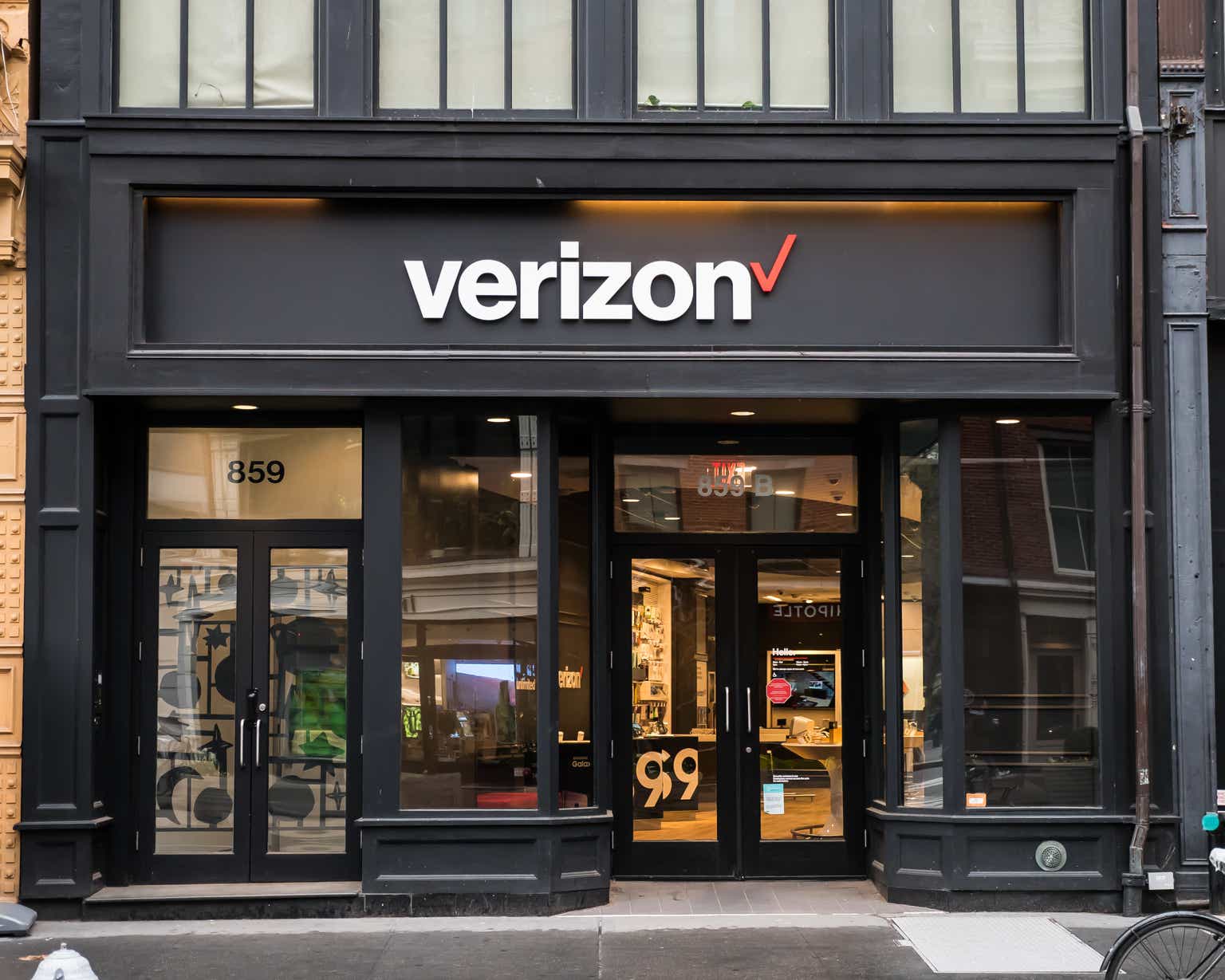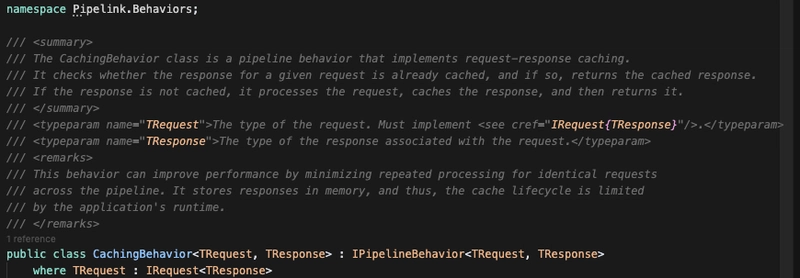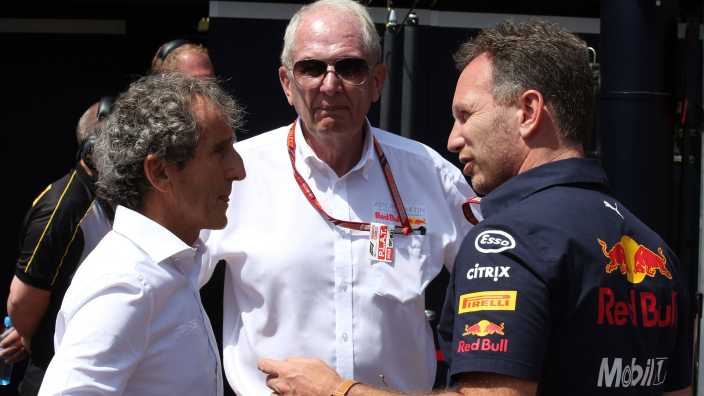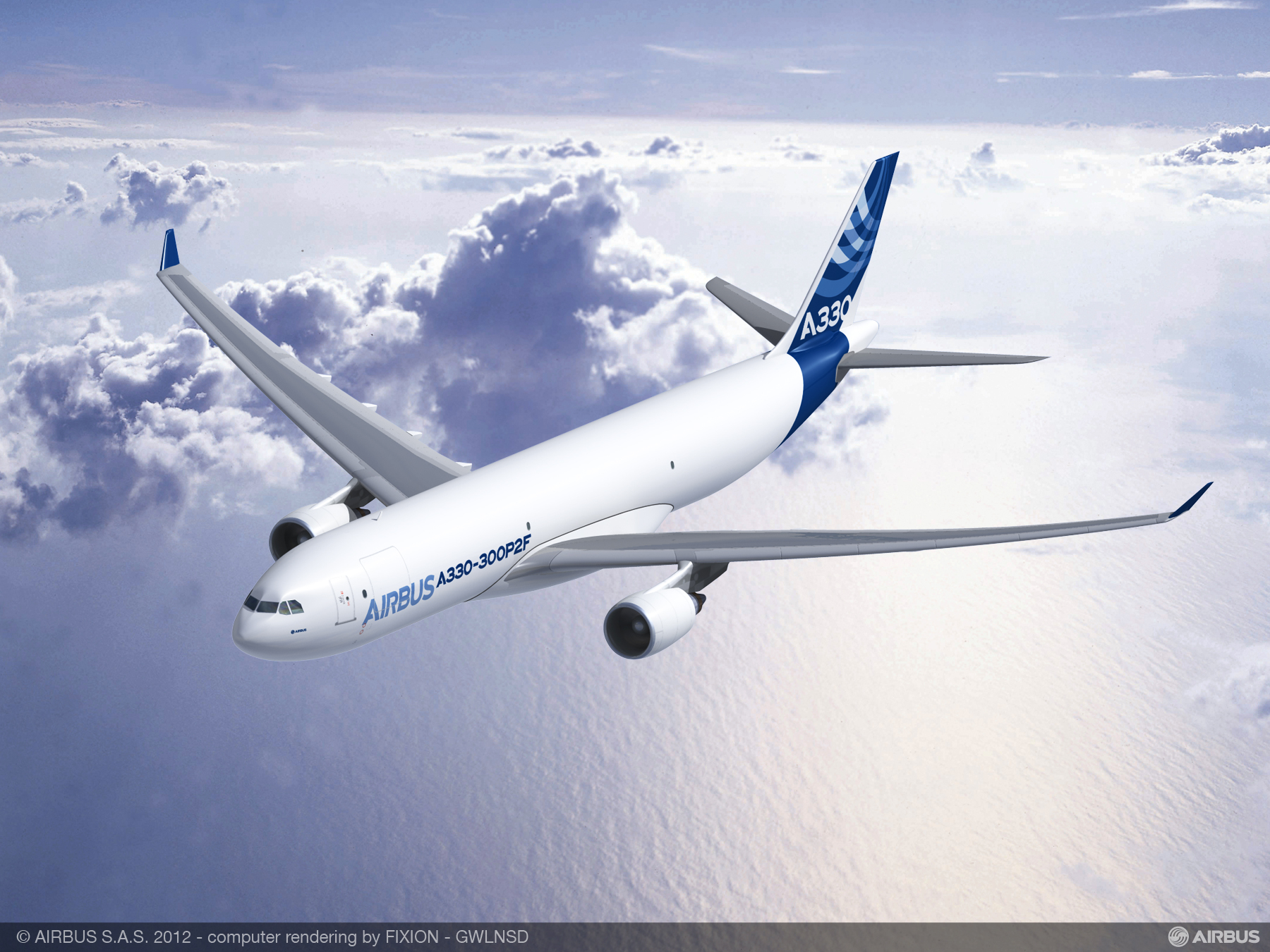The Memo: Trump tries to navigate out of tariff turmoil
President Trump sought to find his way out of a maze of his own making on Wednesday, offering opaque comments as to what he is going to do about tariffs. The tariff issue has dominated the political scene since April 2, when Trump announced much heavier levies than expected on numerous nations. Trump hailed the...

President Trump sought to find his way out of a maze of his own making on Wednesday, offering opaque comments as to what he is going to do about tariffs.
The tariff issue has dominated the political scene since April 2, when Trump announced much heavier levies than expected on numerous nations.
Trump hailed the move as “Liberation Day.” But it has reverberated to his detriment, with stock markets falling sharply, the bond market becoming turbulent and the dollar’s value eroding.
Those shifts have been accompanied by worrying poll numbers for the president regarding his economic stewardship.
Now the question is how Trump gets himself out of the trouble he has got himself into. He will want to do so without leaving the impression of an obvious climbdown or a confession of error.
His approach, so far, has comprised remarks that zigzag in their tone and intent, leaving lots of room for interpretation.
On Wednesday afternoon, Trump struck a harder tone than he had the previous day.
In lengthy remarks to reporters in the Oval Office, he suggested tariffs on Canada would be maintained "but that could go up in terms of cars" — despite U.S. automakers warning that their supply chains involve frequent crossings back and forth over the northern border.
“We don’t want your cars, in all due respect,” Trump said in relation to Canada. “We want really to make our own cars.”
More importantly, Trump doubled down on the idea that tariffs could help spark a rebirth in American manufacturing.
Regardless of whether one accepts that thesis — and many experts are skeptical of it — it can only be tested by keeping tariffs in place for a substantial period, likely numbered in years rather than months.
Such an approach is favored by economic nationalists like Peter Navarro and Steve Bannon, but it cuts against the preference of many Republicans, who would prefer to see a shorter-term, tactical use of tariffs as a tool to hammer out favorable trade deals.
On Wednesday, Trump asserted that domestic manufacturing would spike in proportion to the scale of the levies.
“There’s no tariff when they build their plant here,” he said of corporations. “And the higher the tariffs go, the more likely it is they come in and build their plant. You know, I mean, if it’s 25 percent, that’s fine. If it’s 50 percent, you’ll get more plants. Seventy-five you get more, and 100 you get more than that.”
Trump also reiterated his criticism of Jerome Powell, the chair of the Federal Reserve, for not cutting interest rates.
Trump’s rhetoric on Powell has been head-spinning.
On Tuesday, he backed away from an earlier threat to fire Powell.
On Wednesday, he complained: “I believe he’s making a mistake by not lowering interest rates. …He’s keeping rates too high. He historically has been late [to cut rates] except when it came to Biden.”
Trump added rather cryptically that Powell “was recommended by a certain person that I’m not particularly happy with.” The president continued, “He will hopefully do the right thing. The right thing is to lower interest rates. So we’ll see what happens.”
Now, a key question is how markets will interpret Trump’s remarks.
The major stock indices enjoyed a relief rally on Tuesday and Wednesday, because of Trump’s apparent reversal on the threat to fire Powell, and because he held out the idea of lowering tariffs on China, in particular.
Reports also circulated Tuesday of remarks by Treasury Secretary Scott Bessent to a private meeting of investors in Washington that he expects a “de-escalation” in the trade war between the U.S. and China, raising hopes on Wall Street of a deal.
U.S. tariffs on China are currently at a massive 145 percent, but, even at that rate, Beijing has shown little inclination to back down as the temperature of the confrontation has risen.
The Wall Street Journal reported on Wednesday that the Trump administration “is considering slashing its steep tariffs on Chinese imports — in some cases by more than half — in a bid to de-escalate tensions with Beijing that have roiled global trade and investment.”
The Journal also noted, however, that Trump himself had yet to make “a final determination” and that “the discussions remain fluid and several options are on the table.”
Trump said on Tuesday that tariffs on China would “come down substantially” though they "won’t be zero.”
Those remarks buoyed the markets, but his approach is now in question once again.
The upshot of it all is that the political and financial worlds are facing a perennial challenge with Trump. The exact meaning of the president’s words are often difficult to decode, whether by accident or design.
On Wednesday, he claimed to be in talks with 90 nations about trade deals.
“We’re going to make deals but they’re going to be fair deals. They’re not going to be rip-off deals,” he said.
Moments later, he threatened, “If we don’t have a deal with a company or a country, we're going to set the tariff. We just set the tariff.”
So is he easing off on tariffs and, if so, to what extent? Even now, nobody really knows.
That is an obvious problem for financial markets in particular, which crave certainty. But it can also create challenges for Trump’s administration.
Jamieson Greer, Trump’s U.S. trade representative, was in the middle of testimony to a House Ways and Means Subcommittee earlier this month when it emerged that Trump had placed a 90-day pause on many tariffs.
When Rep. Steven Horsford (D-Nev.) asked Greer when he had been made aware of that shift, the trade representative replied that he knew it had been under discussion but “I understood the decision was made a few minutes ago.”
In relation to Wall Street, the Chicago Board Options Exchange’s Volatility Index remains historically elevated, even though it has declined from a massive spike earlier this month.
The volatility isn’t over yet — nor will it be until Trump’s intentions finally become plain.
The Memo is a reported column by Niall Stanage.










































































